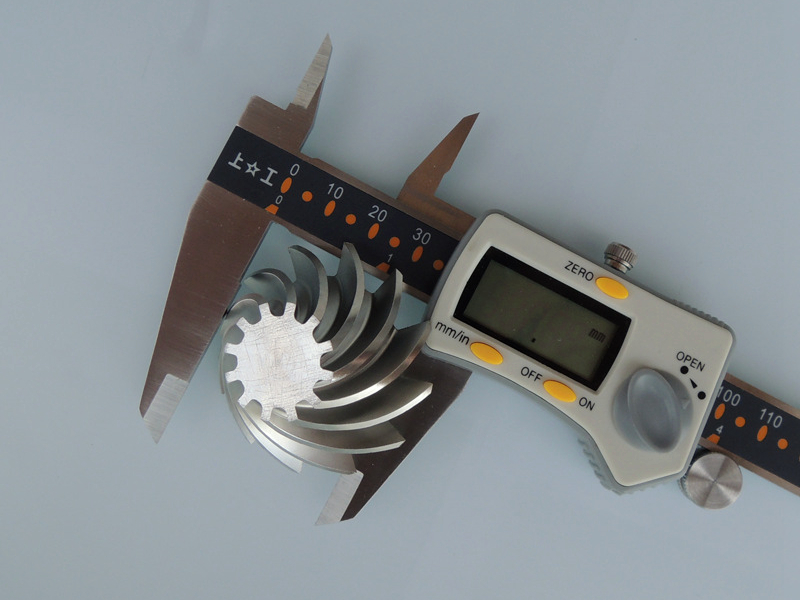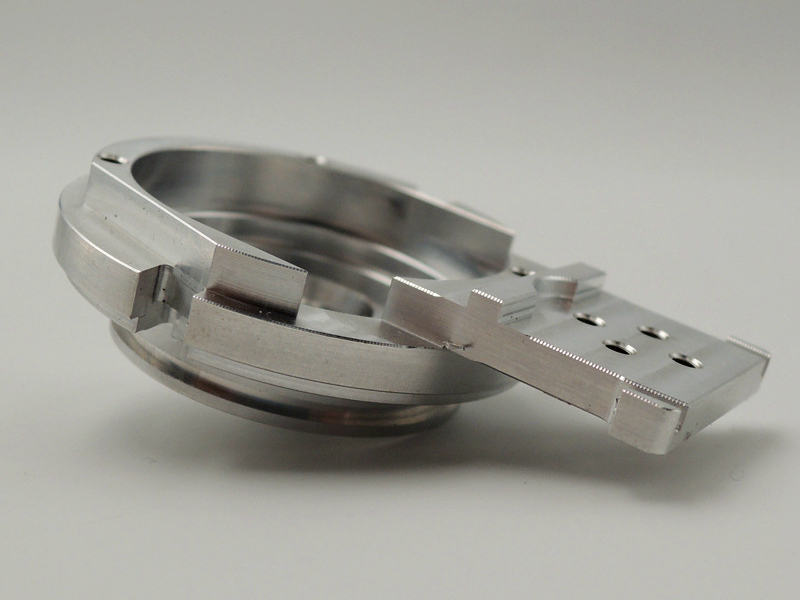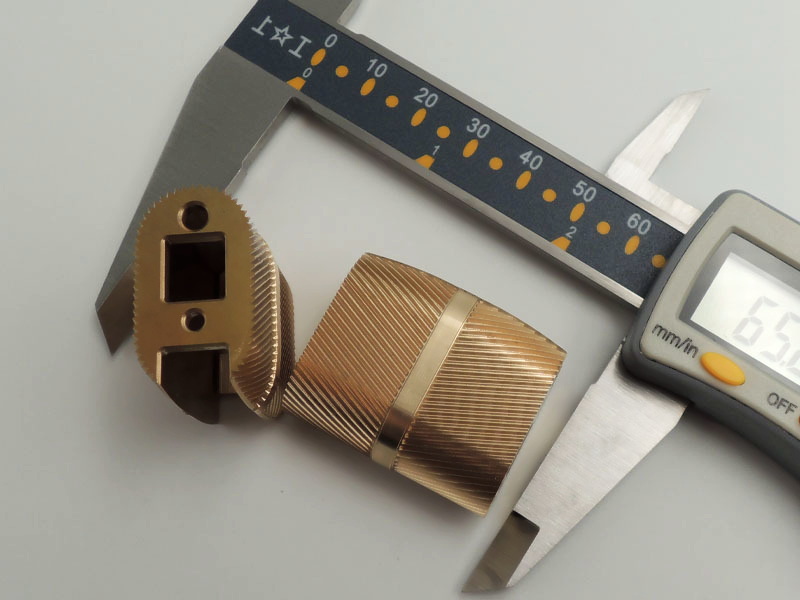How many parts should I order to get a lower per-unit price?
How Many Parts Should I Order to Get a Lower Per-Unit Price?
The Role of Volume in CNC Machining Economics
In CNC machining, per-unit cost decreases significantly as order quantity increases due to the distribution of fixed setup costs—such as programming, fixturing, and tool calibration—across a larger number of parts. At Neway, we typically recommend a minimum of 50–100 parts to begin realizing a noticeable reduction in per-unit pricing for standard materials and tolerances. For more complex parts involving multi-axis machining, tight tolerances, or specialized surface treatments, the threshold may rise to 200–500 units.
Typical Price Reduction Patterns by Volume
Quantity Range | Setup Cost Impact | Typical Unit Price Trend |
|---|---|---|
1–10 | High (fixed costs dominate) | Highest per-unit cost |
10–50 | Moderate impact | 10–25% reduction |
50–200 | Distributed setup cost | 25–40% reduction |
200–1,000+ | Optimized tooling, efficient batching | 40–60%+ reduction |
Large-volume orders also enable material cost optimization through bulk purchasing and allow us to maximize machine runtime efficiency, further lowering total cost.
Additional Savings Opportunities at Neway
Neway provides tailored support for low-volume manufacturing and mass production, helping clients choose the right quantity strategy based on their budget, lead time, and design stability. For early-stage product development, we also offer rapid prototyping services to validate designs before committing to large-scale runs—ensuring your parts are optimized before scaling.
Explore how to reduce per-unit pricing with volume:



